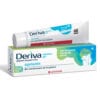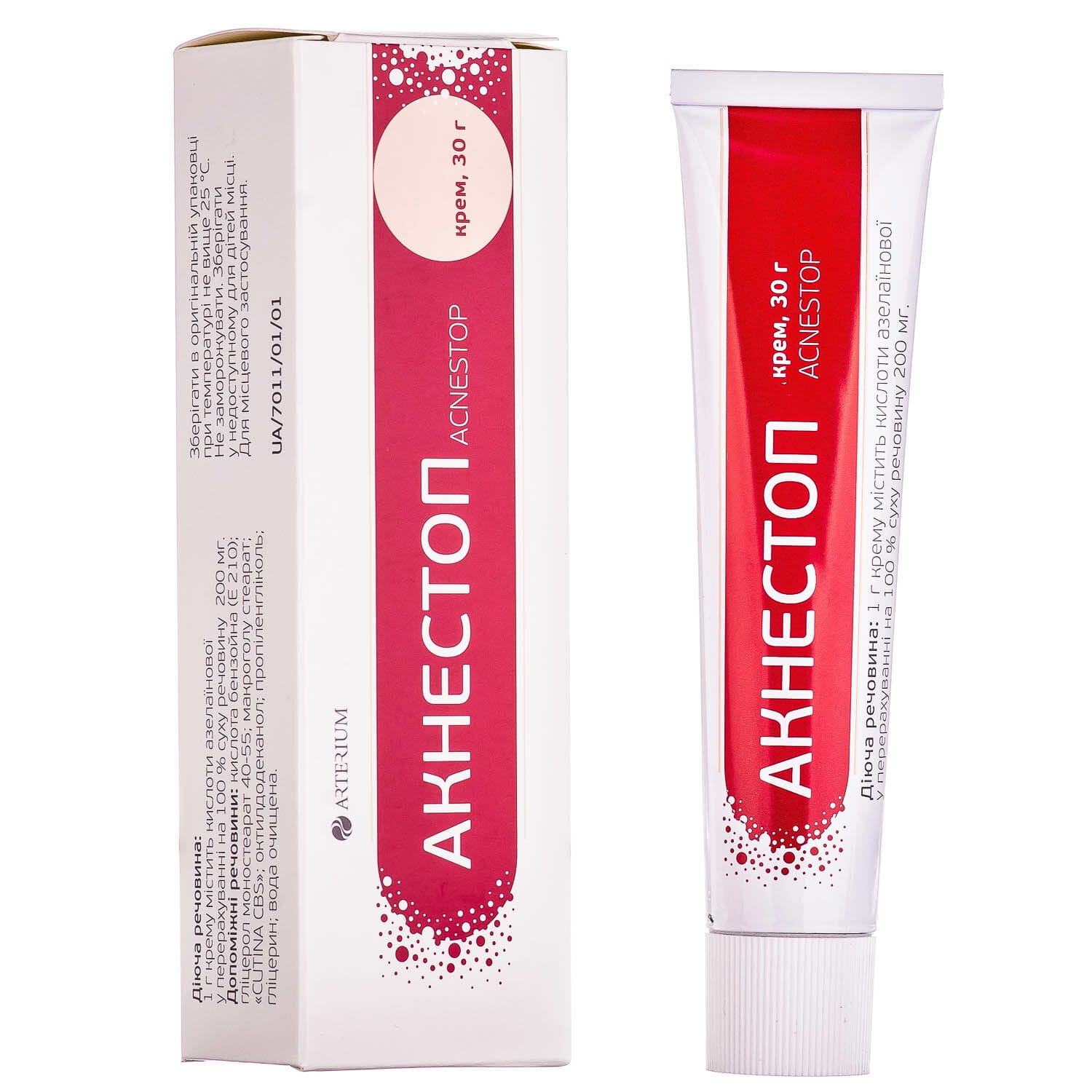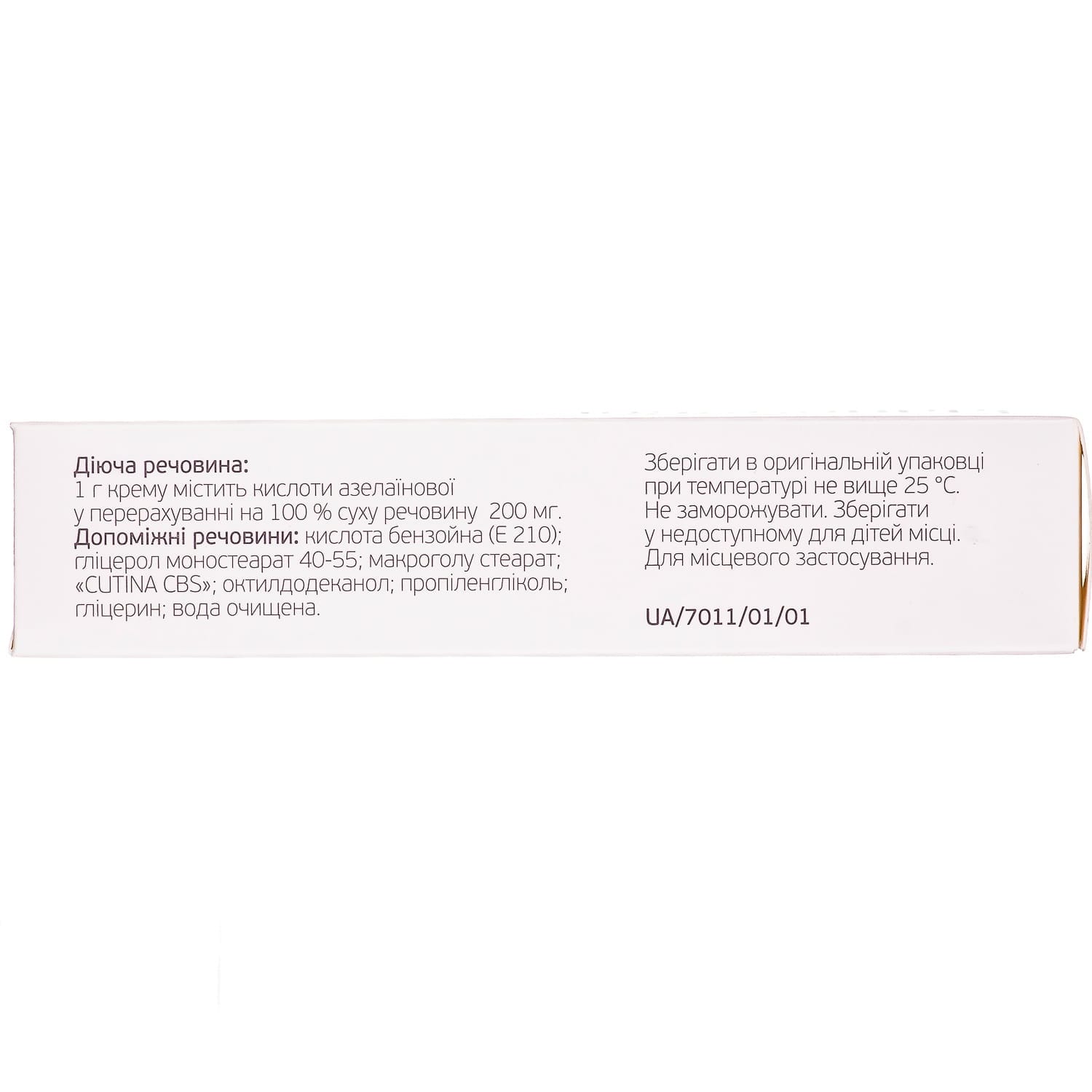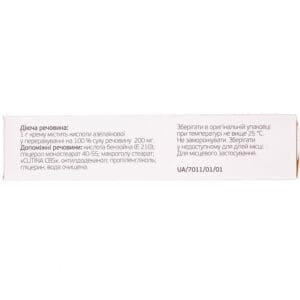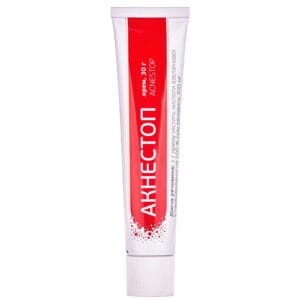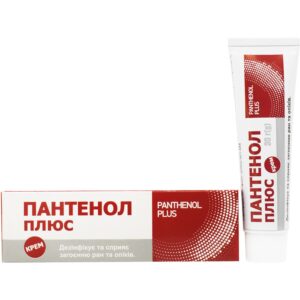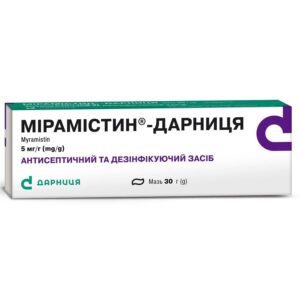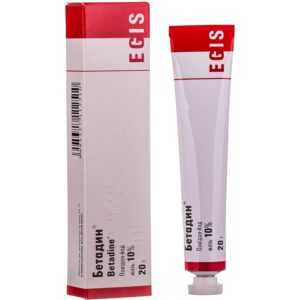No products in the cart.
Great news! The Canada Post strike is over! We’re resuming deliveries to Canada!
Excellente nouvelle ! La grève de Postes Canada est terminée ! Nous reprenons les livraisons vers le Canada !
Great news! The Canada Post strike is over! We’re resuming deliveries to Canada!
Excellente nouvelle ! La grève de Postes Canada est terminée ! Nous reprenons les livraisons vers le Canada !
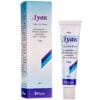
Duac Gel, 15 g tube
$36.21
[category_image]
Acnestop cream 200 mg/g, tube 30 g
$33.89
Acnestop cream with azelaic acid treats acne, reduces bacteria, and normalizes skin cell turnover. Safe for topical use with minimal side effects.
Categories: Dermatology
Brand: Arterium
Pharmacological properties
Pharmacodynamics
Azelaic acid, the active substance of Acnestop, is a naturally occurring straight-chain dicarboxylic acid that is non-toxic, non-teratogenic, and non-mutagenic.
The therapeutic effectiveness of Acnestop cream in the treatment of acne is considered to be due to its antimicrobial action and its direct influence on follicular hyperkeratosis.
Clinically, there is a significant decrease in the colonization density of Propionibacterium acnes and a substantial reduction of free fatty acid fractions in surface skin lipids.
Azelaic acid in vitro and in vivo inhibits the proliferation of keratinocytes, normalizing disturbances of terminal epidermal differentiation during acne formation. In a rabbit ear model, azelaic acid accelerates the comedolysis of tetradecane-induced comedones.
At concentrations of 0.31–2.5%, it exhibits biocidal activity after prolonged contact (30–120 minutes) against Gram-positive and Gram-negative aerobic bacteria, anaerobes, and fungi.
In vitro studies did not demonstrate the occurrence of mutant strains resistant to azelaic acid in either Staphylococcus epidermidis or Propionibacterium acnes.
Pharmacokinetics
After topical application, azelaic acid penetrates all layers of the human skin. Penetration occurs faster through diseased skin than through healthy skin. Following a single application of 1 g of azelaic acid (equivalent to 5 g of cream), about 3.6% of the applied dose is absorbed percutaneously.
The portion of azelaic acid absorbed through the skin is excreted unchanged in the urine. Another portion undergoes β-oxidation to form shorter-chain dicarboxylic acids (C7, C5), which are also detected in urine.
Studies on systemic tolerability after repeated administration and topical application of azelaic acid revealed no evidence that, even under extreme conditions (e.g., application over large skin areas and/or under occlusion), any adverse systemic effects may occur.
Indications for use
Acnestop cream is used for the treatment of common acne (acne vulgaris).
Dosage and administration
Acnestop cream is intended for external use only.
Before applying the cream, the skin should be thoroughly cleansed with warm water or a mild cleansing agent and then gently dried.
Apply the cream in a thin layer to the affected areas of skin twice daily — in the morning and evening — and gently rub in. The amount used should be sufficient to cover the entire affected area (about 2.5 cm of cream is enough for the entire face).
It is important to apply Acnestop regularly throughout the treatment period.
Duration of treatment depends on the severity of the condition. Noticeable improvement usually appears after about 4 weeks. For best results, treatment should be continued for several months if necessary.
If signs of irritation occur (burning, redness, or peeling), reduce the amount of cream applied or temporarily reduce application frequency to once daily until the irritation subsides.
After applying the cream, wash your hands.
Contraindications
- Hypersensitivity to azelaic acid or any of the excipients.
Side effects
During treatment with Acnestop cream, local skin reactions may occur, usually at the beginning of therapy. These include:
- Burning or tingling sensation, itching, or redness of the skin.
- Dryness, scaling, or irritation at the application site.
- In rare cases — contact dermatitis, depigmentation, or allergic skin reactions.
These effects are usually mild or moderate and tend to diminish as treatment continues. If severe irritation persists, discontinue the medication and consult a doctor.
Precautions and special warnings
- Acnestop cream is for external use only.
- Avoid contact with eyes, mouth, and mucous membranes. If accidental contact occurs, rinse thoroughly with water.
- After each application, wash hands thoroughly.
- In case of significant skin irritation, reduce the frequency of application or temporarily stop using the cream.
- Patients with asthma may rarely experience worsening of symptoms while using azelaic acid–containing products.
Use during pregnancy and lactation
There is no evidence of harmful effects of azelaic acid during pregnancy. However, the use of Acnestop during pregnancy and lactation should be decided by a physician. Avoid applying the cream to the breast area during breastfeeding.
Storage conditions
Store at a temperature not exceeding 25°C, in the original packaging, protected from light and out of reach of children.
Do not freeze.
Shelf life — 3 years.
Pharmaceutical form and packaging
Cream for external use 200 mg/g in aluminum tubes of 30 g.
You may also like


